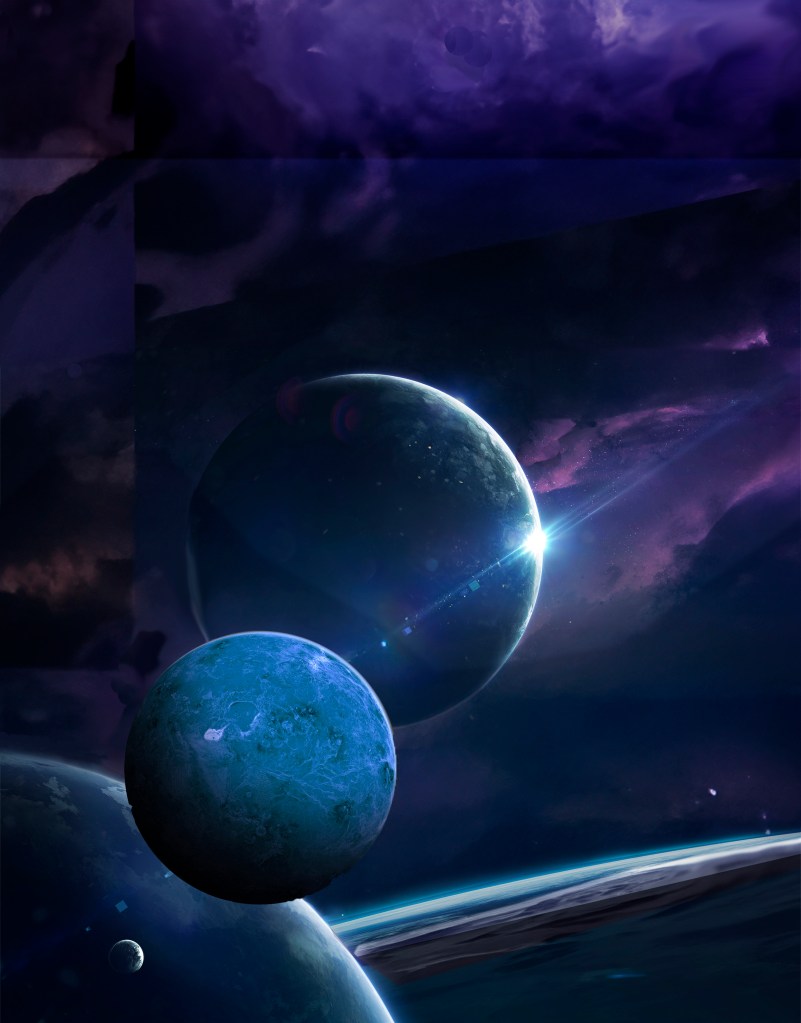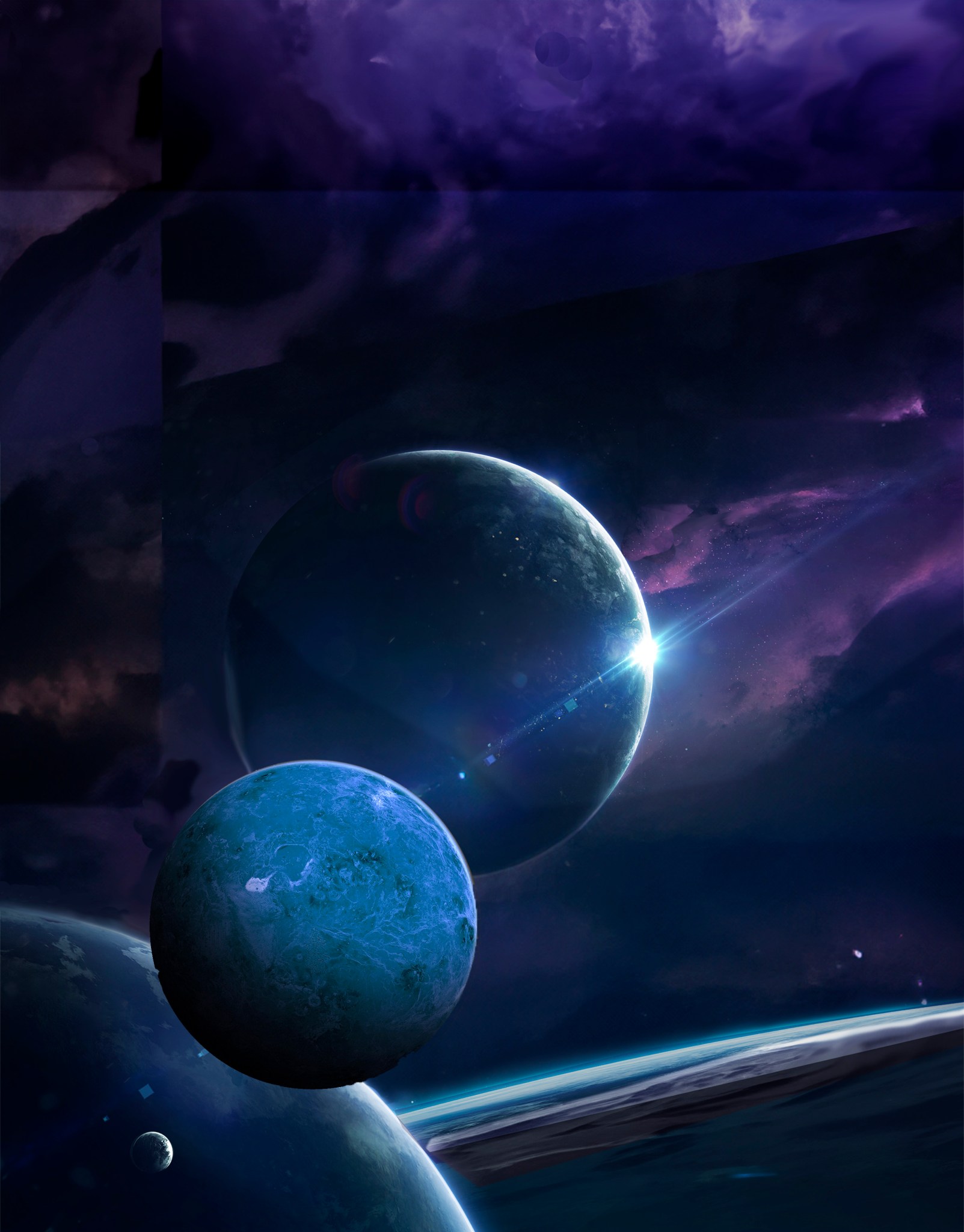Invitation
NASA and the University of Maryland invite higher education students to submit a poster that illustrates a solution to a servicing challenge for the Habitable Worlds Observatory (HWO). The poster challenge is issued to undergraduate and graduate students, as well as postdoctoral researchers that are registered to attend the Summer 2024 Workshop: Pioneering Sustainable Observatories. https://www.nasa.gov/nexis/isam/servicing-capability-for-habitable-worlds/
Objective
In-space servicing of sophisticated scientific observatories represents a cutting-edge field that demands innovative thinking, technical expertise, and a multidisciplinary approach. We are excited to see the fresh perspectives students can bring to this challenge, and hope to inspire and engage them in this exciting flagship mission.
Student Benefit
This challenge has been crafted for higher education students at the workshop to sharpen their critical technical skills through research and conceptualization of their solution. Effective solutions will incorporate consideration of the multi-disciplinary capabilities required for this task, which will encourage students to expand their understanding, and derive an integrated solution. Participating in this real-world challenge will prepare students to consider the exciting career path and research opportunities related to the aerospace field in general and spaceflight mission formulation for sustainability.
Challenge Statement: Renewing the Habitable Worlds Observatory
Iteratively installing new instruments will ensure that Habitable Worlds Observatory delivers groundbreaking science throughout its lifetime. Your challenge is to develop an innovative concept for the safe and efficient installation of a single replacement instrument.
Robotic arms will be responsible for all instrument handling to swap the position of the retired instrument with its replacement. Observatory instruments are housed in a truss structure behind the primary mirror. Somewhat like an armoire, the truss structure has doors covering each instrument compartment, and the instruments slide in and out of their compartments like drawers on a pair of guide rails. Robot arms are responsible for opening and closing the doors and pulling out and pushing in the instruments. The servicing vehicle will arrive with a replacement instrument and dock with the spacecraft beneath the observatory. Robot arms will need to pull the replacement instrument out of the delivery vehicle and install it into the appropriate compartment before closing the doors, as well as place the retired instrument in the servicing vehicle for disposal.
Robotic handling of the retired and replacement instruments will require onboard verification systems to prevent unintended contact with observatory hardware, especially the deployed solar arrays and various radiators. You can think of the challenge as a high-stakes game of Twister, where precise movements and coordination are essential to avoid impact and ensure success!
Background
The Habitable Worlds Observatory is the highly anticipated NASA flagship mission poised to revolutionize high-priority astrophysics goals put forth in the 2020 Astrophysics Decadal Survey. Designed to study Earth-sized planets around Sun-like stars, HWO will directly image and spectroscopically characterize roughly 25 potentially habitable exoplanets for signs of life. Scheduled for launch in the late 2030s, the observatory will orbit the Sun–Earth L2 Lagrange point (SEL2), situated approximately 1.5 million kilometers from Earth.
The Decadal Survey also considered the benefits of incorporating serviceability into the observatory architecture to achieve foundational and transformative science goals through successive upgrades. Servicing mission to the Hubble Space Telescope exemplify this approach, significantly enhancing scientific performance through instrument replacement, and extending operational life for over three decades through spacecraft maintenance.
Advancements in robotic servicing show the promise to build upon Hubble’s modular interfaces and replicate the scientific transformation and mission extension for HWO at SEL2. Prepared interfaces to service components and subsystems prone to rapid obsolescence, limited lifetimes, or frequent failures will substantially improve observatory resilience. The opportunity to introduce more sensitive instruments and new measurement techniques will ensure that HWO continues to produce cutting edge science throughout its operational lifetime. This strategy will also provide programmatic flexibility in achieving scientific goals, as the initial launch configuration achieves first generation objectives, and iterative enhancements will enable transformational performance through successive observatory configurations.
Habitable Worlds Observatory Description
Students participating in the poster challenge will be provided with several dimensioned observatory figures, including:
- Volumetric envelope of both retired and replacement instruments.
- Overall dimensions of the observatory.
- Location and dimensions of deployed observatory structures for solar arrays and radiators, which are more vulnerable to impact.
- Location of the instrument truss structure, including an illustration of the door hinges and guide rails.
The replacement instrument will arrive in a servicing vehicle and will be removed using similar guide rails. The servicing vehicle has not been defined, so students can make their own assumptions about the direction from which instruments are removed and installed.
Technical Challenge
Students are tasked with creating a poster that illustrates the following:
- Concept of Operations:
- Illustrate a ConOps solution for renewing the Habitable Worlds Observatory with upgraded instruments by deriving a solution for a handoff sequence between robotic arms to remove a retired instrument and install the replacement instrument.
- Show the detailed process of how robotic arms on either or both the observatory and the delivery vehicle will handoff the new instruments over/around/above the observatory’s deployed solar arrays and radiators.
- Identify grapple points on the instruments for robotic handling, as well as any temporary holding fixtures to secure the instrument on the observatory.
- Demonstrate the removal of the retired instrument from the truss structure, the installation of the replacement from the delivery vehicle, and the placement of the retired instrument into the delivery vehicle.
- Robotic Arm Design and Coordination:
- Design the robotic arms involved in the servicing task. Define the placement, joint length, and reach span of all robotic arms required to accomplish the instrument handoff.
- Highlight features that enable precise movement and coordination to navigate around solar arrays and radiators.
- Illustrate how the robotic arms will grip, transport, and install and remove the large instruments safely.
- Navigation and Obstacle Avoidance:
- Present strategies for navigating the robotic arms around the observatory’s sensitive components, such as solar arrays and instrument radiators.
- Identify sensor systems or algorithms that help detect and avoid potential obstacles during the servicing process.
- Safety and Reliability:
- List the sequence of events and identify how confirmation of alignment or proximity is confirmed to safely proceed to the next step.
- Outline measures to ensure the safety and reliability of the handoff process. Consider redundancy, fail-safe mechanisms, and emergency protocols to address potential issues during the operation.
- Teleoperation and Autonomy:
- Discuss the balance between teleoperation and autonomous functions given the significant telemetry delays from SEL2. Describe how commands will be executed and how the system will handle delays to ensure smooth operations.
Effectively Illustrating Your Concept of Operations
ConOps illustrations are intended to clearly communicate complex systems and processes. These visual representations ensure a shared understanding among diverse stakeholders by outlining a sequence of events. They are particularly useful for conveying information to both technical and non-technical audiences, facilitating discussions, identifying potential issues, and improving overall project planning and coordination.
For examples of ConOps illustrations, please refer to the following:
The ConOps illustration for instrument handoff should include a high-level description of the key operational goals, identification of major components (including hardware, software, and ground stations), a clear representation of how different components interact, and a step-by-step depiction of key operational scenarios. Annotations and legends can be useful for creating a concise illustration, and where necessary, written explanations and assumptions should be included.
Cost-Effective Solutions
Servicing solutions must be both cost-effective and minimally complex, while ensuring reasonably safe operations. Proposed designs should incorporate efficient instrumentation, recognizing that sensors and related hardware necessary for verification impose additional in-space ‘costs’ for power, mass, and volume associated with the harness, processing, and thermal control of the sensors, as well as ground-based labor to design, test, and integrate the sensors. In addition, minimizing the number of tool changeouts needed to complete individual tasks will improve the efficiency of servicing operations, and reduce the size of the robotic ‘tool belt.’ Strategic placement of instrumentation and the use of common grapple interfaces are key to achieving a cost-effective solution for instrument changeout that is mindful of mass, power, volume, and complexity.
Poster Guidelines
- Poster Requirements:
- Orientation: Portrait or Landscape.
- Must include a clear and detailed visual representation of the ConOps solution.
- Use diagrams, flowcharts, and/or illustrations to demonstrate the process.
- Include labels and brief annotations to explain each step of the handoff and installation process.
- Ensure all content is original and does not include any proprietary information.
- The challenge is intended for undergraduate and graduate students, as well as postdoctoral researchers that are registered to attend the workshop.
- Submissions:
- Prior to starting your poster, please email colleen.m.wouters@nasa.gov with your full name and HWO Servicing Poster Challenge in the subject line. In response, you will receive poster graphics that can be used for your design and a Box link for poster submission.
- Posters must be submitted by 10:00 AM Eastern Time on Wednesday, July 31.
- Format: Submit a high-resolution image file (JPEG, PNG) (up to 150GB).
- After uploading your submission, please follow up with an email to colleen.m.wouters@nasa.gov with your full name, the poster title and a brief description (200-300 words) of the illustrated ConOps solution.
- Do not include the NASA logo or any other official insignia from the hosting institutions in your poster.
- Ensure the content does not include ITAR or EAR regulated information.
- If you have questions about submission, please reach out to colleen.m.wouters@nasa.gov for further information.
- Collaboration:
- Working in pairs or in teams is acceptable.
- Please acknowledge all contributors on the poster.
- Display:
- We will be displaying the posters digitally at the workshop.
- All submitted posters will be posted online following the workshop to our virtual poster session.
- Students will have an opportunity to convey their solution to the other workshop participants during an informal poster session at the workshop.
- Intellectual Property Rights:
- All intellectual property rights associated with the disclosed ConOps solution remain with the creators of the solution and poster. Protection of these intellectual property rights is the responsibility of the creators.
Point of Contact
Colleen Wouters
Phone: (301) 286-4167
E-mail: Colleen.M.Wouters@nasa.gov Please reference “Workshop Poster Challenge” in any email correspondence.
We look forward to your innovative and creative solutions to shape the future for the next generation of space observatories!
Pioneering Sustainable Observatories
Summer 2024 Workshop Exploring Servicing Capabilities for the Habitable Worlds Observatory
Workshop Overview




























